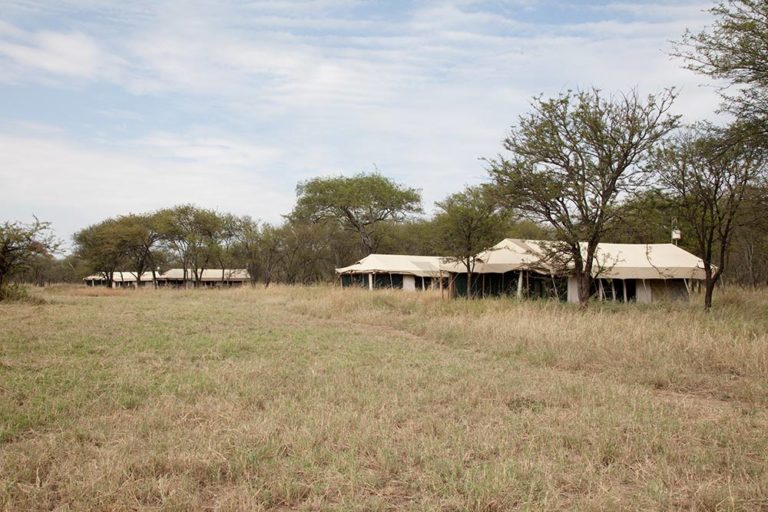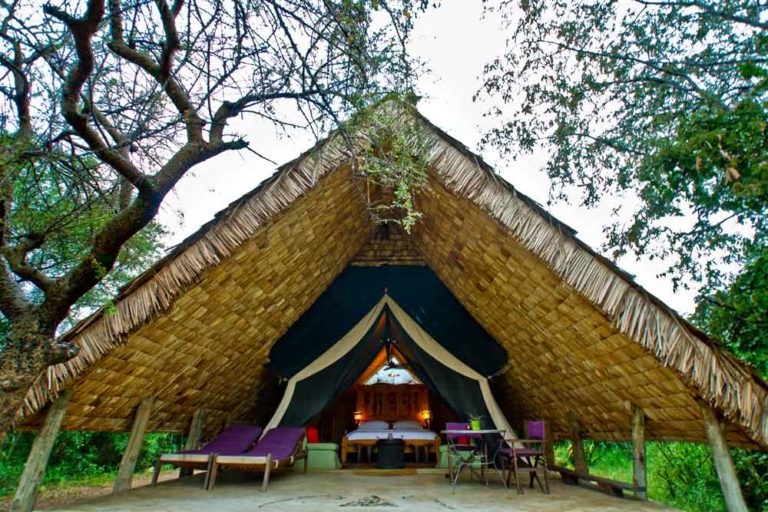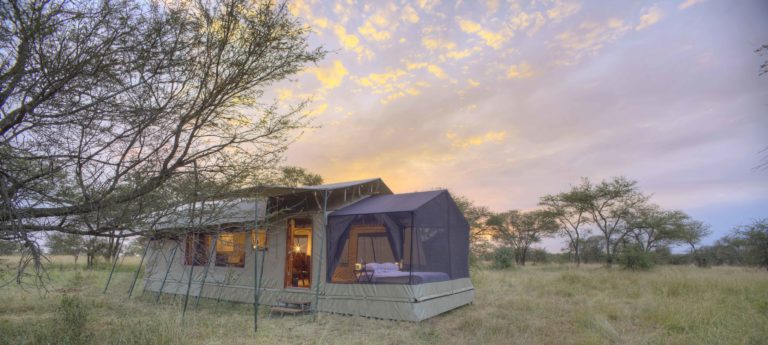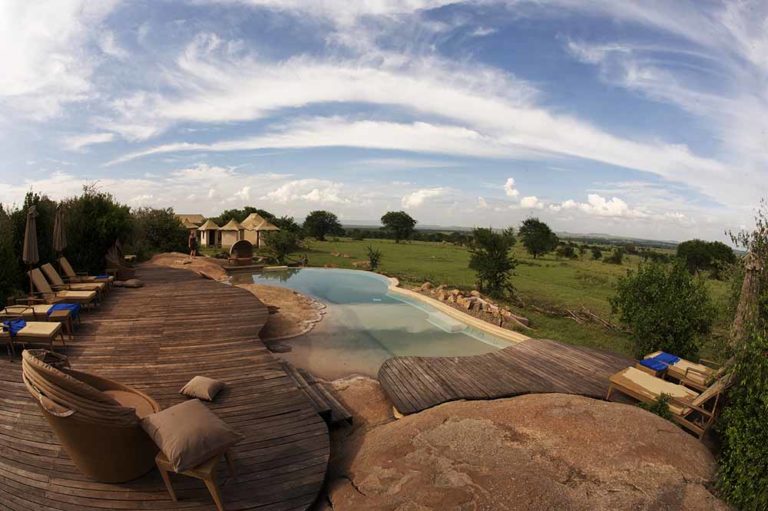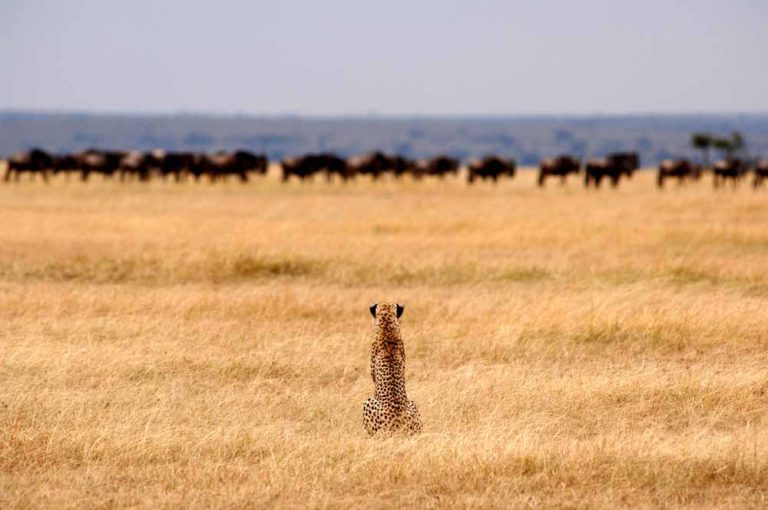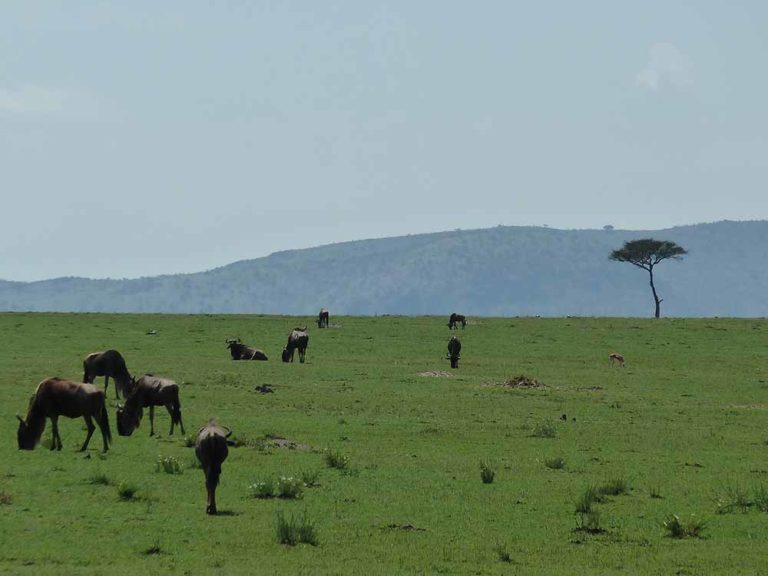Africa Uncovered › Luxury African Safari › Great Wildebeest Migration
THE GREAT WILDEBEEST MIGRATION
Each year Tanzania’s Serengeti and Kenya’s Masai Mara play host to the world’s greatest natural spectacle, the Great Wildebeest Migration. Between the open plains of the Serengeti and the Masai Mara, massive herds of wildebeest and zebra migrate to greener pastures as the seasons change and the circle of life and death continues. Predators follow the Wildebeest Migration closely, waiting for an opportunity to strike as the great herds traverse across their different territories.
There is no real beginning or end to a Wildebeest’s journey, life is an endless pilgrimage, a constant search for food and water.
The Serengeti ecosystem is one of the oldest on earth. The essential features of climate, vegetation and fauna have barely changed in the past million years. However, it is the migration for which Serengeti is perhaps most famous. Over a million wildebeest and about 200,000 zebra flow south from the northern hills to the southern plains for the short rains every October and November, and then swirl west and north after the long rains in April, May and June. So strong is the ancient instinct to move that no drought, gorge or crocodile infested river can hold them back. The Wildebeest travel through a variety of parks, reserves and protected areas and through a variety of habitat.
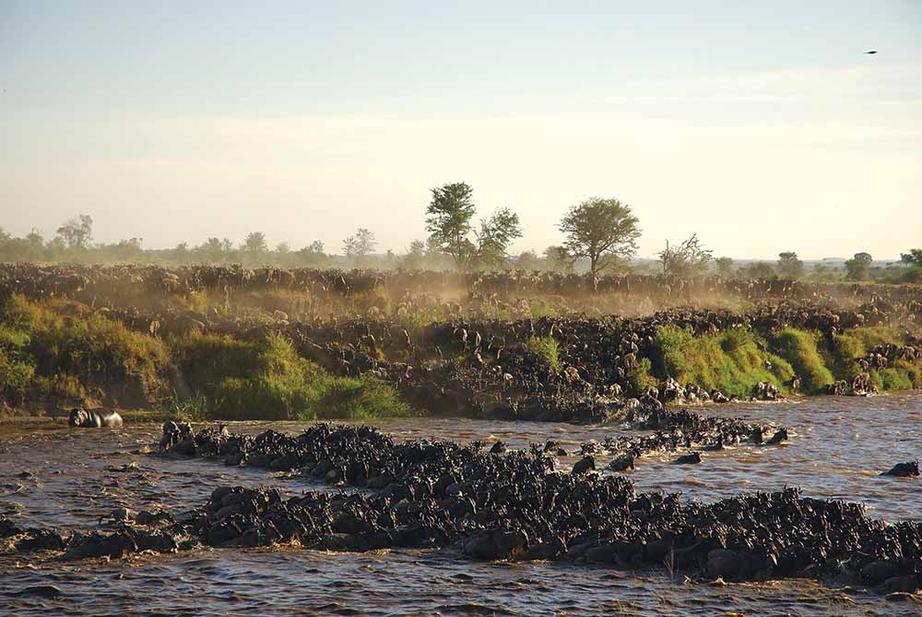
A Guide to the Great Wildebeest Migration
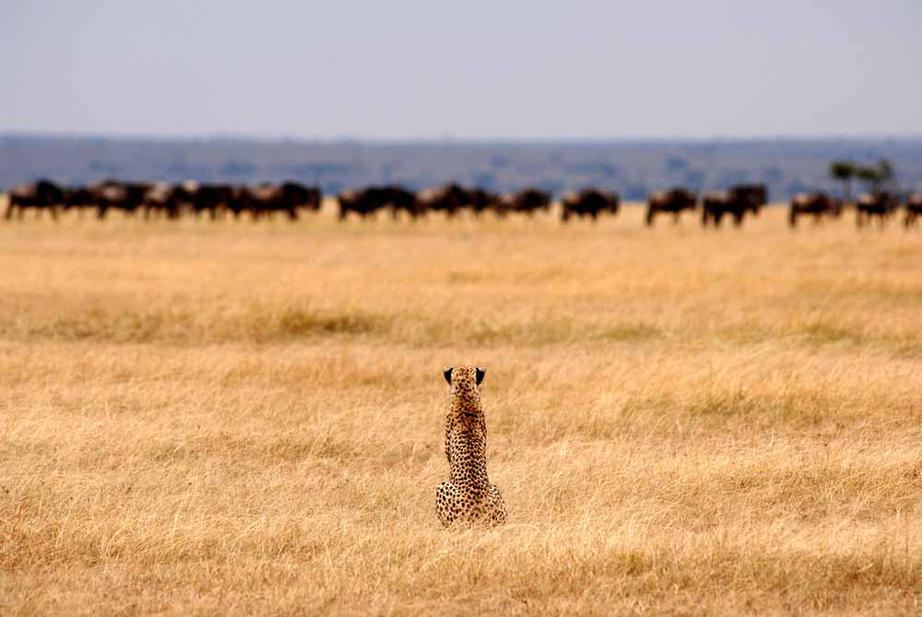
January to March
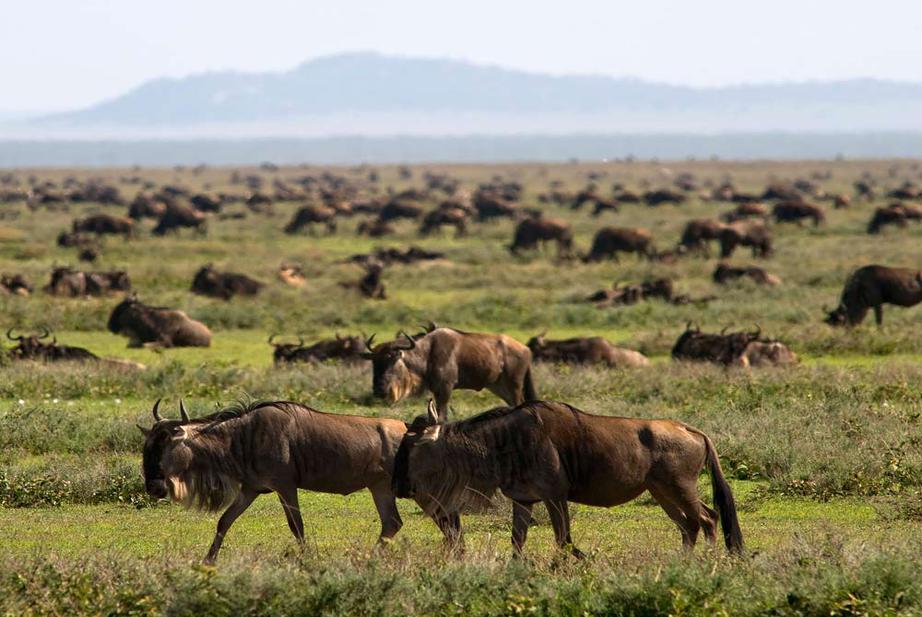
April & May
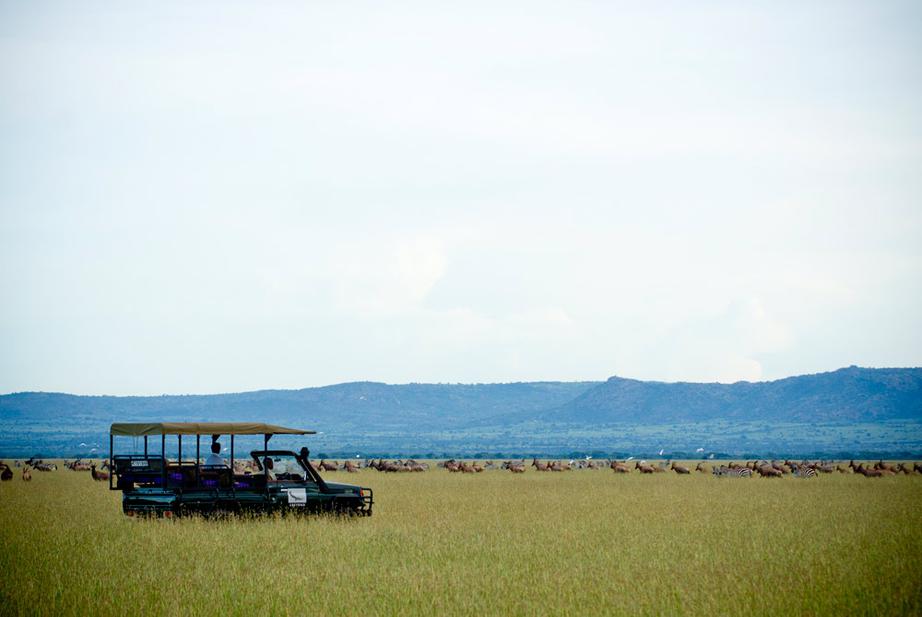
June to Mid July

July to October
The massive herds start to accumulate on the banks of the crocodile infested Mara River from mid-July. Even though by September most of the herds have crossed over the Mara River and into the Masai Mara, many herds cross back and forth over the Mara River and so the Northern Serengeti at this time is still a great place to be. Seeing the massive herds in the Masai Mara is also an awesome experience.
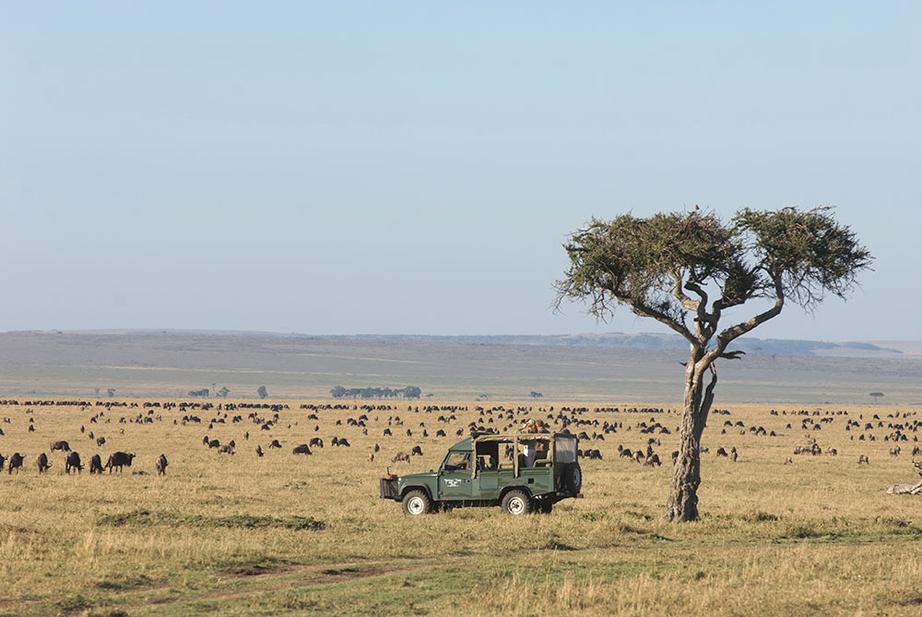
November to January
The herds tend to remain in this region up until mid October/November when the herds start heading south again and finally reach the open plains of the southern Serengeti by January.
Witnessing this most unbelievable of natural wonders has to be the most remarkable safari experience there is, but good planning and local knowledge is essential in maximising your experience. This is where an Africa Uncovered specialist consultant can assist you in planning an unforgettable safari to the Serengeti and/or Masai Mara to witness the Great Wildebeest Migration.

